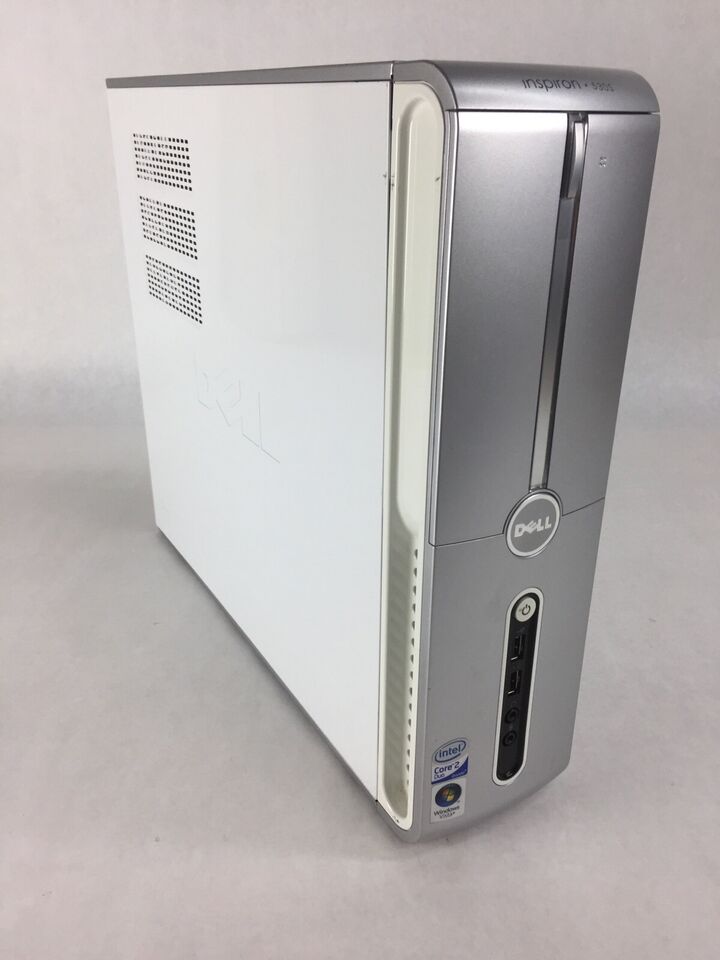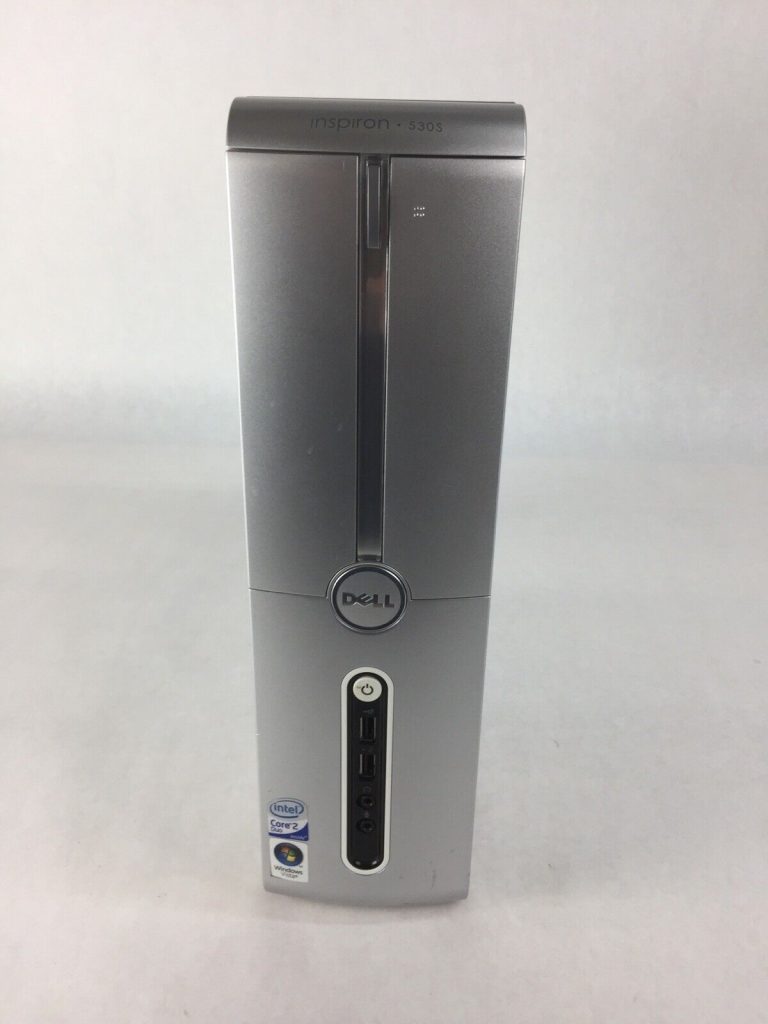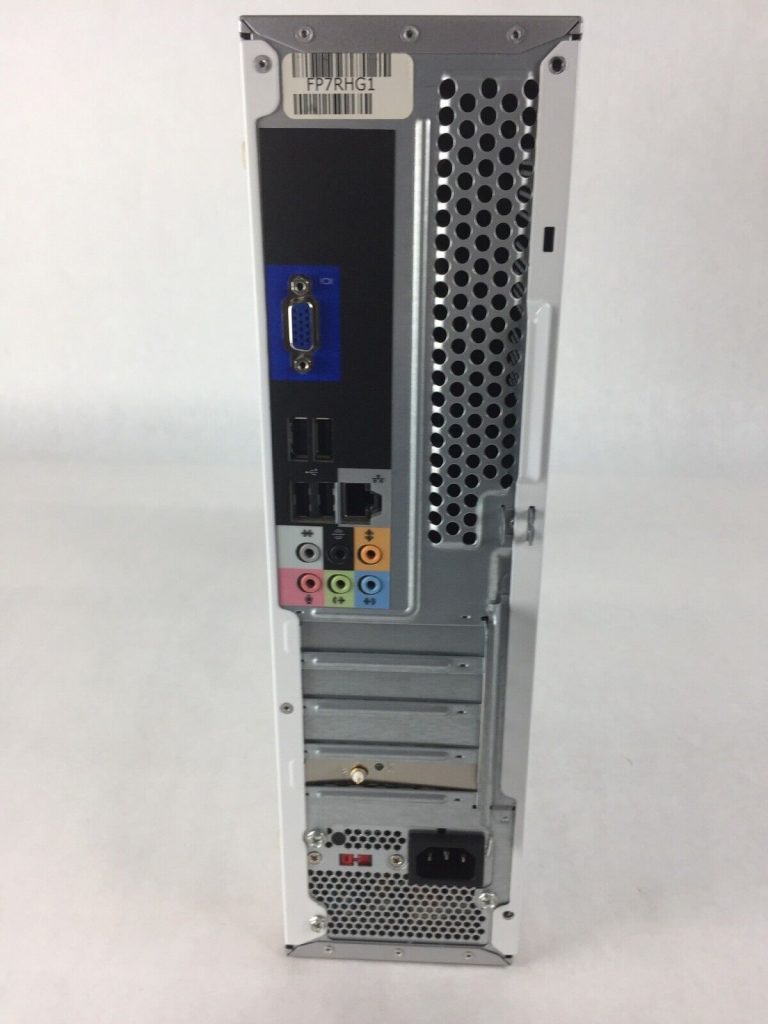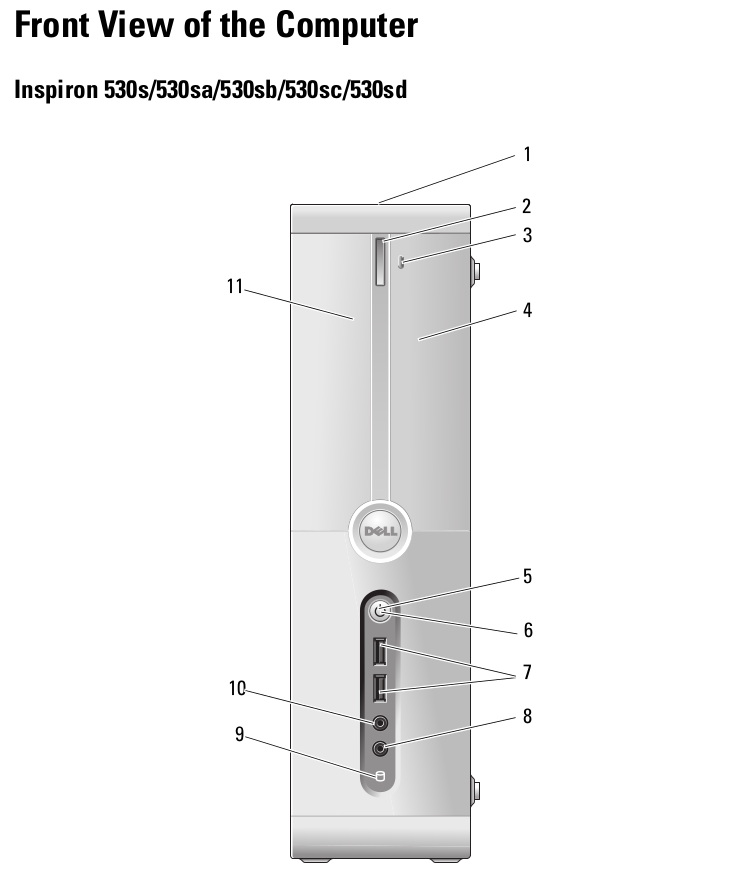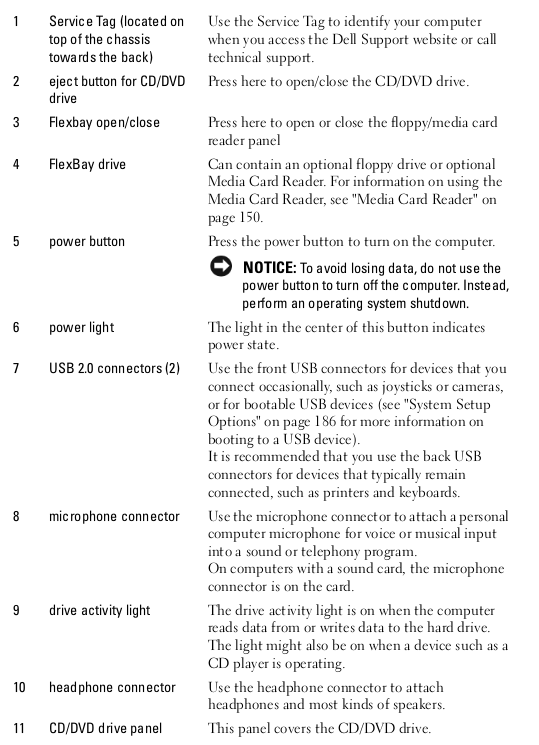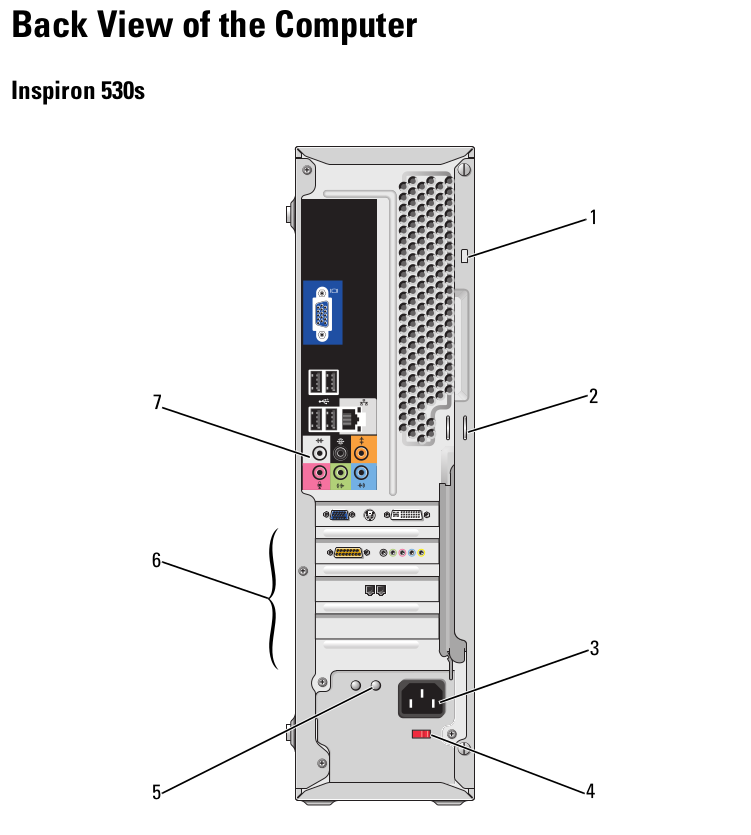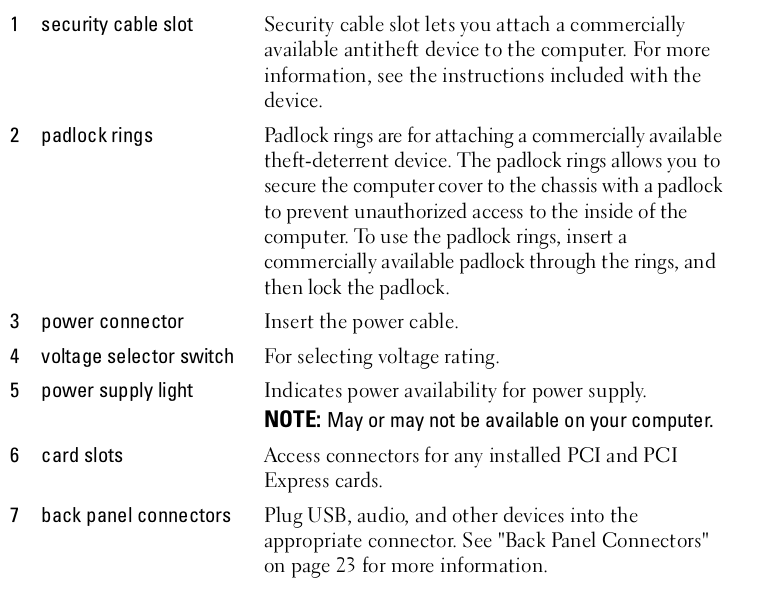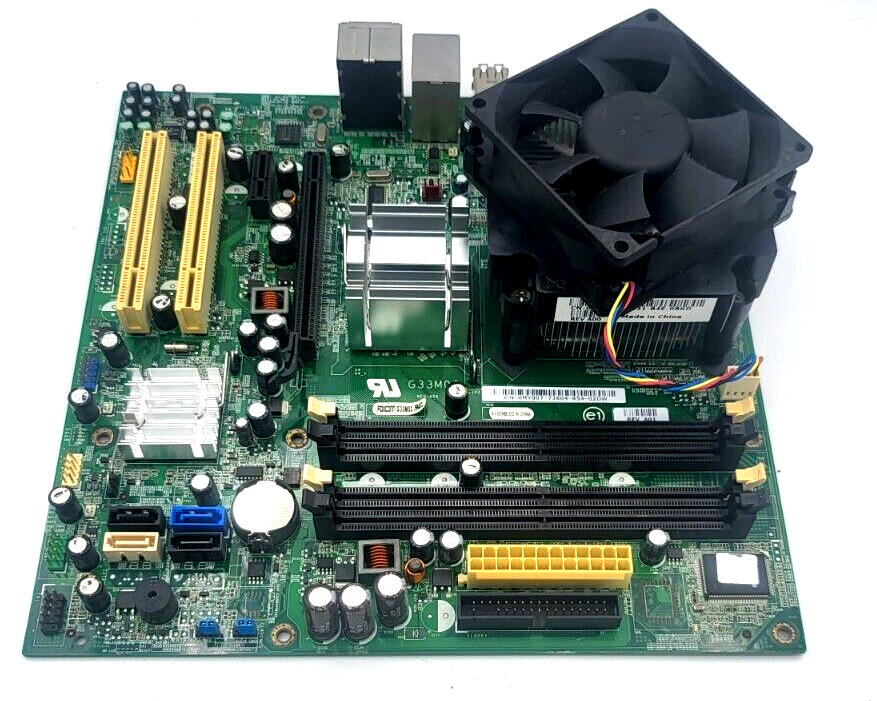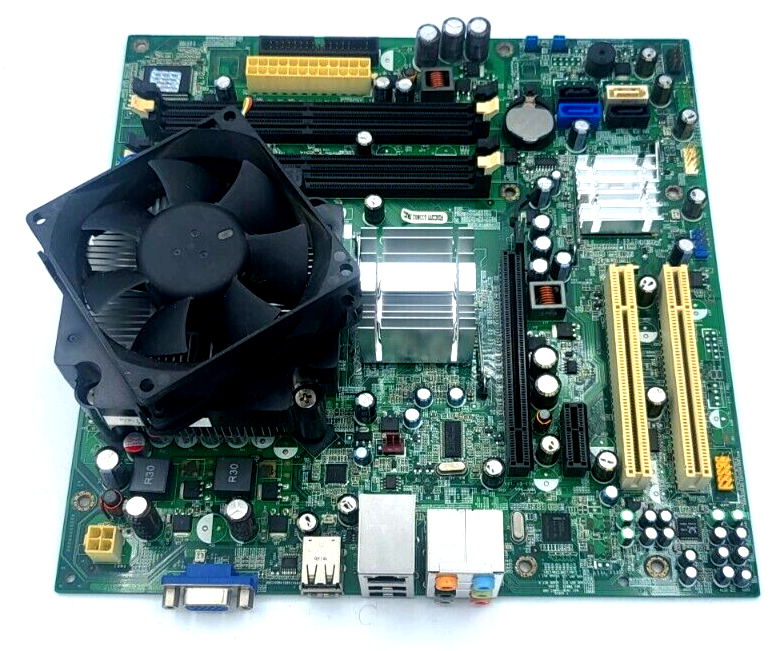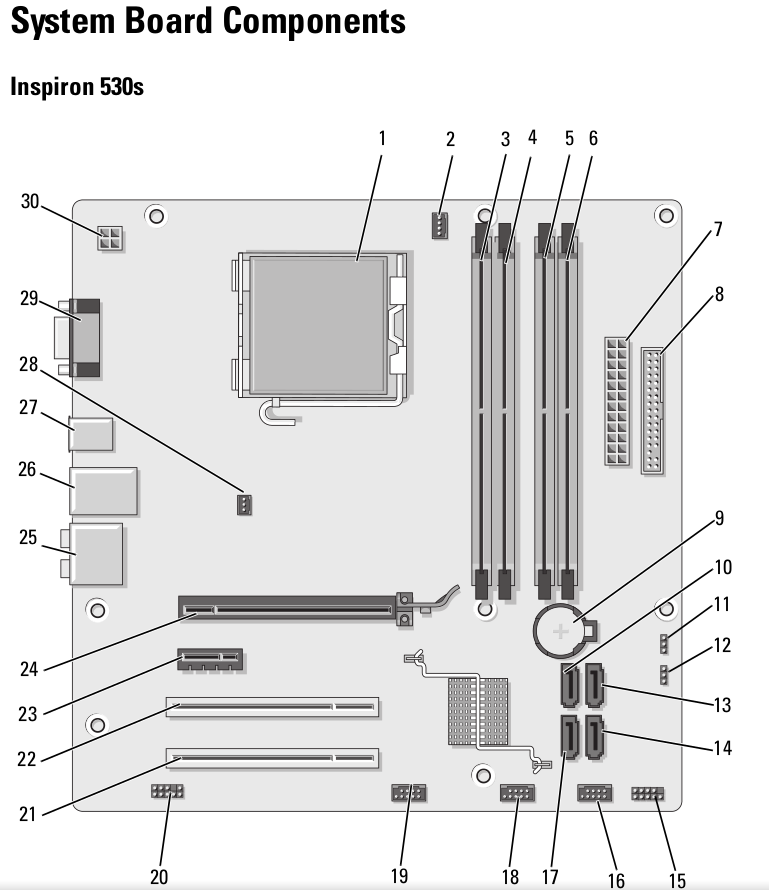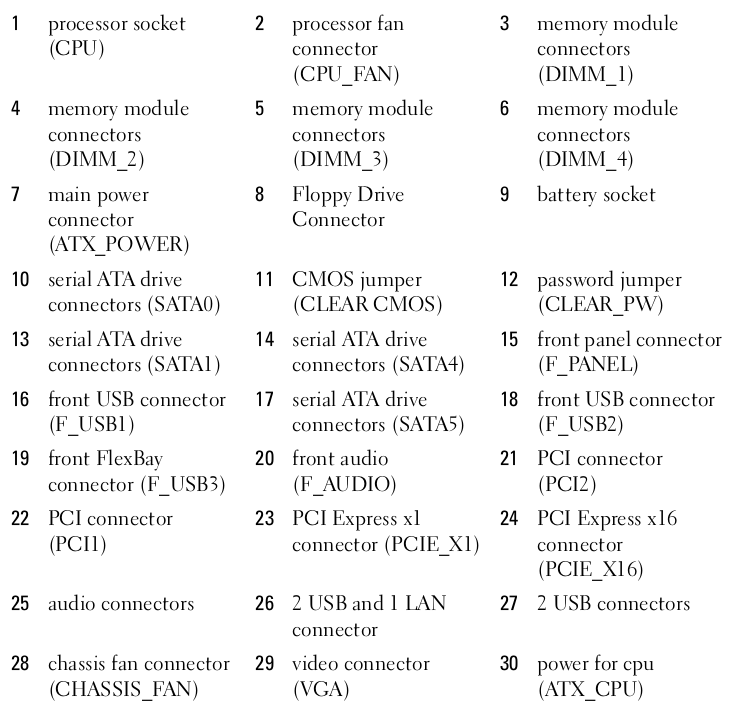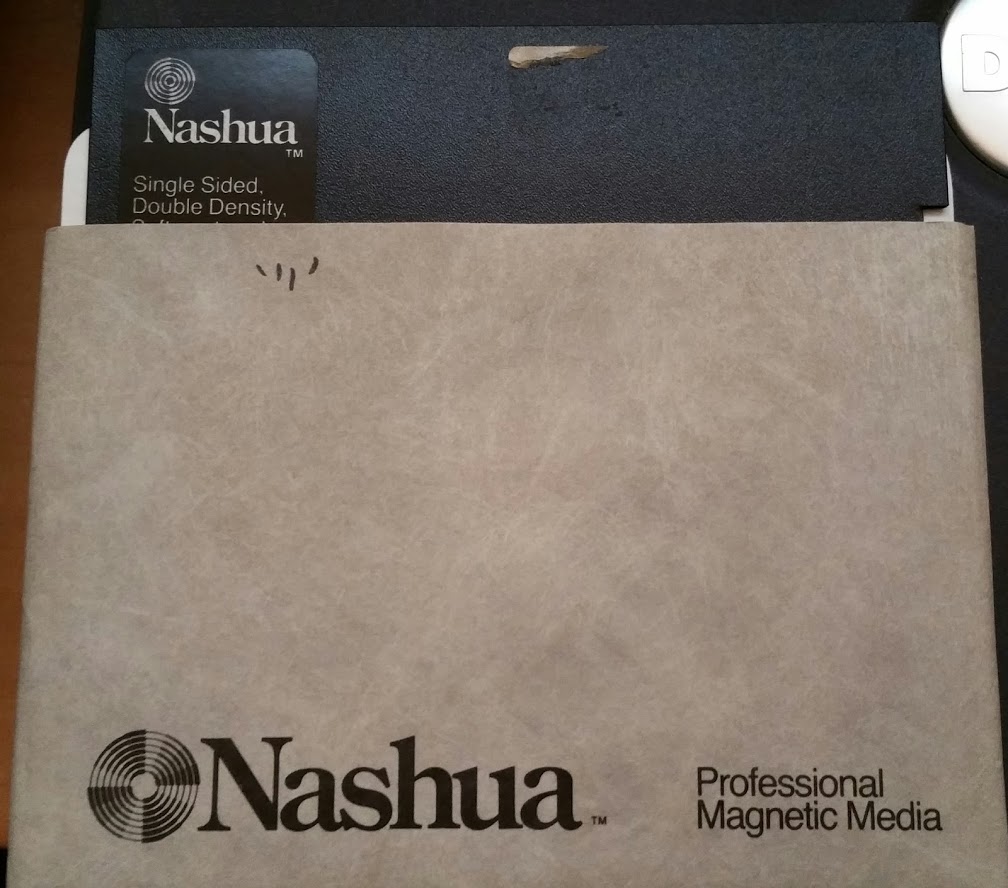
A summary for those that haven’t been keeping up with this series:
I found a number of 5.25″ disks at a thrift store a number of years ago (sometime in the late 1990s to the best of my recollection). I finally got around to acquiring a 5.25″ disk drive and extracting the contents a several years back. Since then, I have been occasionally posting the content here.
Based on the contents, most or all of these disks were apparently once owned by someone named Connie who used to run the “Close Encounters” Special Interest Group (SIG) on Delphi in the mid 1980s.
The following description of this SIG was found in a document on one of the disks: “This SIG, known as ‘Close Encounters’, is a forum for the discussion of relationships that develop via computer services like the Source, CompuServe, and Delphi. Our primary emphasis is on the sexual aspects of those relationships.”
This service was text based and was accessed via a modem and whatever terminal program you had available for your computer to dial in with. Many of these disks have forum messages, e-mails and chat session logs. All of this is pre-internet stuff and I am not aware of any archives in existence today that contain what was on Delphi in the 1980s.
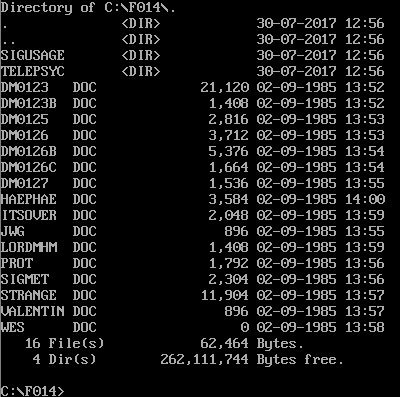
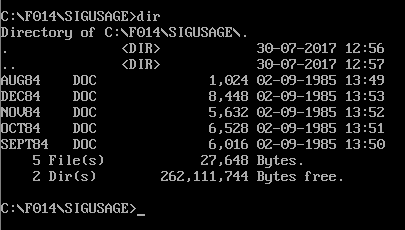
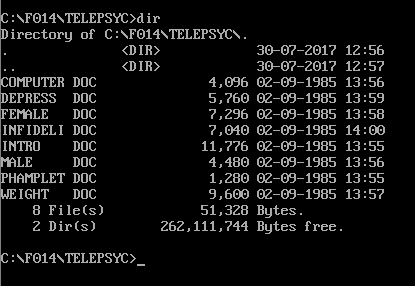
This post includes the contents of PROT.DOC. This is a set of rules to be followed to participate in a conference or group chat that occurred every Saturday on Delphi in the Friendship Circle Special Interest Group (SIG). I guess there would be a specific topic each week and, based on the description here, it seems like it would be pretty heavily moderated. This message includes all the commands you can use during the conference.
=-=
SIGMET.DOC
=-=
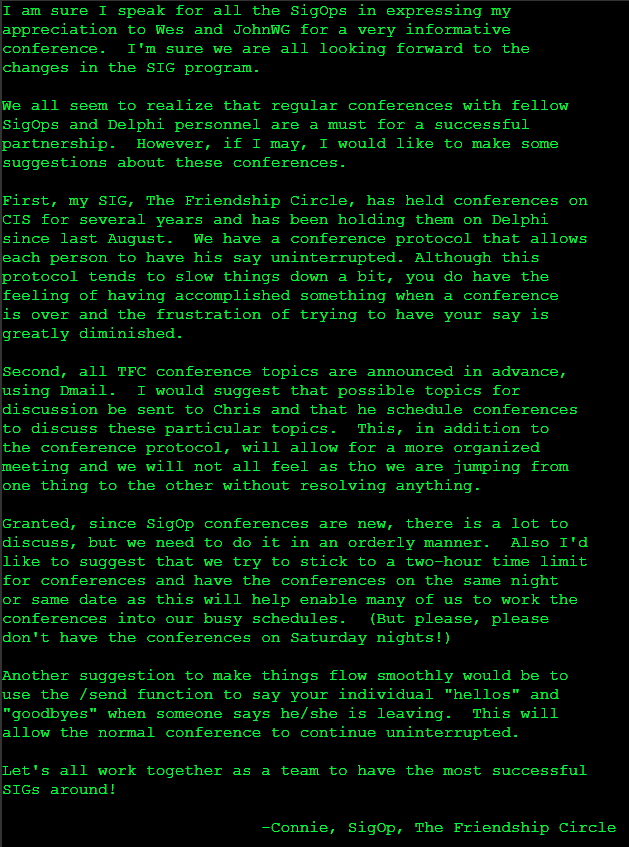
—
I am sure I speak for all the SigOps in expressing my
appreciation to Wes and JohnWG for a very informative
conference. I'm sure we are all looking forward to the
changes in the SIG program.
We all seem to realize that regular conferences with fellow
SigOps and Delphi personnel are a must for a successful
partnership. However, if I may, I would like to make some
suggestions about these conferences.
First, my SIG, The Friendship Circle, has held conferences on
CIS for several years and has been holding them on Delphi
since last August. We have a conference protocol that allows
each person to have his say uninterrupted. Although this
protocol tends to slow things down a bit, you do have the
feeling of having accomplished something when a conference
is over and the frustration of trying to have your say is
greatly diminished.
Second, all TFC conference topics are announced in advance,
using Dmail. I would suggest that possible topics for
discussion be sent to Chris and that he schedule conferences
to discuss these particular topics. This, in addition to
the conference protocol, will allow for a more organized
meeting and we will not all feel as tho we are jumping from
one thing to the other without resolving anything.
Granted, since SigOp conferences are new, there is a lot to
discuss, but we need to do it in an orderly manner. Also I'd
like to suggest that we try to stick to a two-hour time limit
for conferences and have the conferences on the same night
or same date as this will help enable many of us to work the
conferences into our busy schedules. (But please, please
don't have the conferences on Saturday nights!)
Another suggestion to make things flow smoothly would be to
use the /send function to say your individual "hellos" and
"goodbyes" when someone says he/she is leaving. This will
allow the normal conference to continue uninterrupted.
Let's all work together as a team to have the most successful
SIGs around!
-Connie, SigOp, The Friendship Circle
P.S. If you would like to review the conference protocols I
mentioned above, TFC Info article #10 is the place to look.
Or you can send me a note via Dmail and I'll send you a copy.
Thanks.

